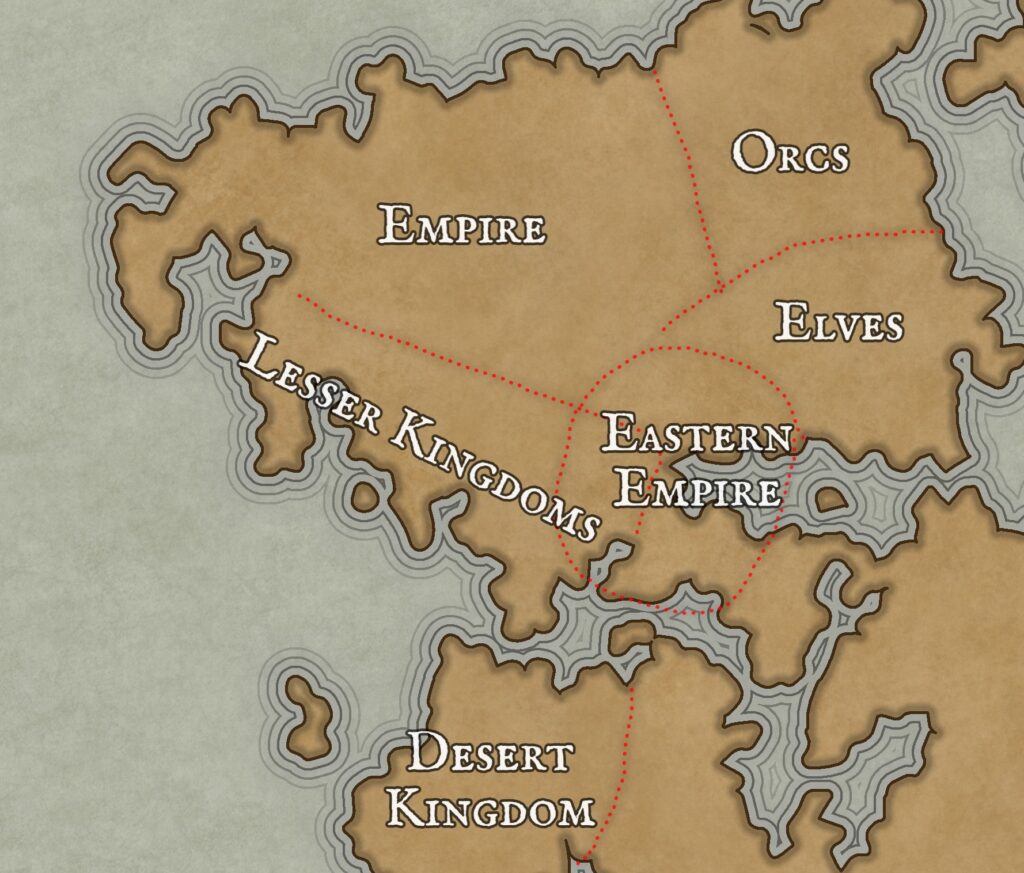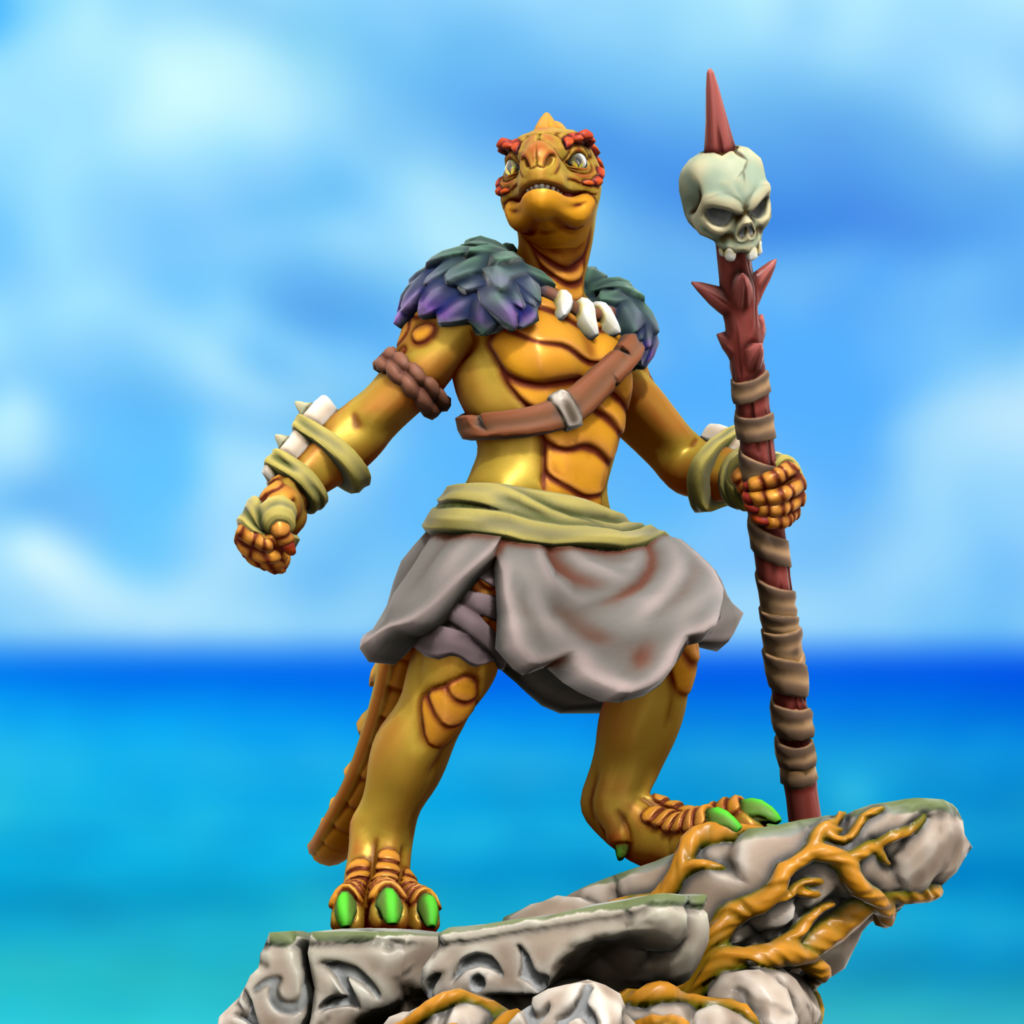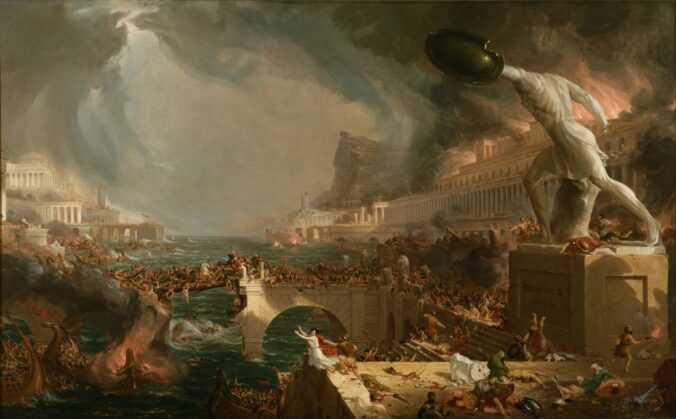You’ll have to forgive me for not having proper names for any of these locations just yet, but this is the general situation in the “Known World”, as far as any reasonably-well informed citizen understands it. Some of this will sound familiar to you if you read my post about Core Assumptions.
Let’s start with a very basic draft for a map. This is meant to illustrate relative geographic positions and will change. (Probably a lot.)

A Note on Technology…
Technology is roughly at an Early Modern level, about 15th to 16th Century. I specifically have the early to mid colonial era in mind, with a dash of the Salem Witch Trials. Most notably, flintlock weapons and especially cannons are in common use. The printing press has been invented and has helped spread knowledge. More modern technologies – like the steam engine – may crop up over time, but they’ve not been invented yet.
Enderra does not suffer from medieval stasis.
…and on Religion
There was one main organized religion in the Empire and its vassal realms. For now, we’ll call it “The Church”. It was largely monotheistic, but grew out of a polytheistic religion. Beings that were formerly regarded as deities were relegated to the status of powerful angels or saints. When the Empire was destroyed, this religion’s power structure was also shattered. As a result, it has split into many regional branches that often pay only lip service to a common, central, authority. The church runs the powerful inquisition, tasked with hunting down unsanctioned spellcasters in the wake of the War of the Wizards.
There’s a heathen “Old Faith”, which is very druidic and in some ways quite brutal in its customs. It was actively suppressed by the Imperial government, but survived to the present day, mostly in the form of cults, and chiefly in rural areas. It has also become somewhat of a fad among certain wealthy or noble groups.
The Elves venerate an ancient pantheon of nature deities, and the Dwarven pantheon is a sort of divine craftsman’s guild.
The Desert Kingdom worships elemental-based deities that are part spirits, part ancestors, and part gods.
As stated previously, the gods of Enderra are distant, inactive, hard to read. They may not even exist, or be all dead. This does not stop religion from having a huge influence in the world. Indeed, the lack of divine intervention means that anybody, anywhere, can claim to speak for the gods. Some clerics are able to cast magic spells, and the Church is quick to point at these “miracles” to support their claim to power. Heretics scoff at that, after all, magic is hardly exclusive to the church.
The Lands and Nations of Enderra
The Great Empire has fallen. For many centuries, a great empire kept peace and provided stability and wealth for its citizens. However, underneath the gleam of a golden age, Imperial society rotted and eventually cracked. A great conflict known as the War of the Wizards shattered the Empire a few decades ago. The conflict was quick and vicious, and the warring parties used all kinds of new and terrible weapons.
After the war ended, and the stream of refugees ceased, nearby kingdoms tried to investigate, or make a quick grab for Imperial lands. They sent armies in; a trickle of soldiers returned. They told of blighted fields, twisted, dark forests, and cities that were turned to rubble. Rivers had changed their courses, and monsters roamed the lands.
The lands of the Empire are now known as The Badlands, or The Devastation. Some people still enter, seeking knowledge or treasure. Most are never heard from again, but a few have returned with great riches. With all the wealth of the empire left to loot, more treasure hunters will surely risk their lives.
Not the entire Empire is gone, however. The Eastern Empire is the largest remnant and survives in a more or less (many say less) organized state. A former Imperial province, it is mostly concerned with fending off raids from Elves and Orcs. It is the nominal seat of the church, and technically inherits all Imperial lands, titles, and claims, but is in no position to enforce any of them.
The neighboring Lesser Kingdoms have by and large escaped the apocalypse. Once Imperial vassals, they are prevented from taking the former Imperial lands by beasts and magical and natural dangers. Instead, they have resorted to squabbling among themselves, and waging petty wars. None of them is strong enough to best the others, and alliances are constantly shifting. With the destruction of the Empire, and the frequent wars since, the Lesser Kingdoms are mostly impoverished. Their principal cities had to cope with an influx of refugees, who generally live in poverty and desperation. In some places, talk of revolution is brewing.
They are all united by three things: By the centuries-long conflict with the Elven Kingdom, the ever-encroaching Orcs, and by their fear and hatred of magic-users, whom they see as vile and dangerous, mainly due to the recent war. Some spell-casters are sanctioned by church or the state, but most are outlaws who hide their abilities for fear of the Inquisition.
Slightly better off are the Merchant Kingdoms. Mainly city-states, they are focused more outward, and overseas, and do not desire any of the Imperial territory.
One region worth noting, located near or within the Lesser Kingdoms is a temperate Forgotten Forest. This wooded area has a reputation for being cursed, and a hotbed for Druidic activity. It is said that those who enter the Forgotten Forest can never find their way out again. All kinds of magical and cursed creatures inhabit the forest, from talking animals to hags, from goat-men to wild elves and cruel faeries.
Non-Human Realms
The Elven Kingdom (really a loose alliance of many kingdoms that are organized in a very complex political hierarchy that makes most humans’ heads hurt) had, for centuries, slowly but surely lost territory to the humans. Their numbers are far fewer now than many generations ago, because of constant warfare against the Empire. With the Empire gone, the Elves have started to reclaim some of their territory. They suffer from frequent Orc incursions, however.
The Orc Tribes are brutish barbarians, whose culture centers around the survival of the fittest, and a strict hierarchy based on physical violence. The mere rumors of an approaching Orc warband can cause people to panic and flee their homes, so unspeakable are the horrors the orcs inflict on the people they attack.
Orcs do not engage in diplomacy, beyond a strict day-to-day level, do not have large-scale organization, and they do not plan their attacks or conquests at all. This is fortuitous for the Humans, Elves, and Dwarves, all of whom have suffered Orc raids and atrocities.
The Dwarven Clans stay in their mountain-homes. Accomplished crafters and blacksmiths, they happily sell weapons and armor to whoever will pay. Seen as a necessary supplier, no nation has much love for the “opportunistic” Dwarves.
Distant Lands

The Empire had a number of Overseas Colonies, which are now cut off and left to their own devices. They lack in most things – manpower, manufactured goods, and they are but tiny outposts in a vast wilderness. This includes a number of Tropical Islands, where many of the locals have taken on piracy. Others still explore the lost ruins of a once-mighty empire of Lizardmen, remnants from when their home continent sank beneath the waves a thousand years ago. There is also the infamous and utterly alien Black City, which still attracts scores of treasure hunters.
The vast Desert Kingdom has been left unaffected by the war and subsequent strife. It is a highly developed nation where magic is venerated. With the destruction of the Empire, the Desert Kingdom has become Enderra’s most powerful nation, but the current ruling dynasty has no interest in military adventures in far-off lands. Instead they dedicate themselves to magical and scientific research, the arts, and peaceful exploration. Their cities are true melting pots, and, as whispered rumors say, are home to creatures from beyond this world.
Historic Equivalents and Inspirations
- The Old Empire is essentially a version of the Roman or Frankish Empire. The War of the Wizards is a fantasy equivalent to the World Wars.
- The Lesser and Merchant Kingdoms are a fragmented Renaissance-ish Europe. Think the Holy Roman Empire, without a central authority. The Merchant Kingdoms will be similar to Genoa or Venice. There is a lot of minor warfare going on, but also a lot of espionage and intrigue.
- The Church and its mage-hunting Inquisition is rooted in the dark ages Christianity and its relentless pursuit of heretics.
- The Forgotten Forest is a fairy-tale like enchanted forest. If you read it in the brothers Grimm, this is where it might happen – and you’ll have to remember that many of the tales the Grimms wrote down in their books were tame, “family friendly” version of the actual stories..
- Elves and Dwarves have no real historic equivalent. I am imagining Elves as being somewhat akin to the more whimsical European kings and queens.
- It may be interesting to add a French Revolution type of situation in either the “Lesser Kingdoms” or maybe the Elven Kingdoms.
- The Orcs are Ghengis Khan’s Mongols and every kind of brutal invader the world has ever seen thrown into one pot, melted, mixed, and turned up to 11. Luckily for the rest of Enderra, orcs lack a central authority and are very disorganized. They also fight among themselves almost as much as they fight others. Still, the possible rise of a Great Orc Chieftain is something that keeps many royal advisers awake at night.
- The Overseas Colonies are 15th to 17th Century Century-ish North and Central America, up to the time of the puritans and the Salem Witch trials. Their expansion has slowed, due to the fall of the Empire, but there is an entire continent to explore and claim.
- The Island Chain is the Caribbean during the golden age of pirates; the destruction of the Empire has lessened sea travel and trade considerably, however, and many of the colonial towns are now run-down.
- The Lizard Man Empire is loosely based on Atlantis and other “lost lands” myths (and the real Doggerland) and mixed with Mesoamerican influences.
- The Desert Kingdom is loosely a “Thousand and One Nights” style pseudo-Middle East with maybe a touch of India.
And what else is there?
There is at least one Arctic (or Antarctic) continent, and there’s one “jungle continent”, which combined qualities of Africa and South America. I may have more than one such tropical region, if I can make them distinct enough. I do definitely like the idea of a very Mesoamerican region. Mesoamerica is really, really cool, and it’s mostly ignored in fantasy fiction.
Everywhere one looks on Enderra there are ruins of earlier human, and non-human, civilizations. Some are so ancient and alien that nobody knows who has erected them. The mysterious Black City is just one such site; many others exist.
There are many tales of heroes venturing into the Underworld, and of a world inhabited by wild elves and fairies. Likewise, some monsters lurk in the shadows, and use shadows to travel between their own gloomy realm and Enderra. Many other worlds exist, from the City of the Gods to the Nine Hells.
There are airships and some say that the most legendary ship captains can sail the space between the stars! Likewise, some adventurers – and sometimes hapless men and women – stumble across doorways that connect Enderra with weird, alien worlds. Such travel to other worlds is most common in the Desert Kingdom. (And “common” here means “it does happen every now and then”.)


Leave a Reply